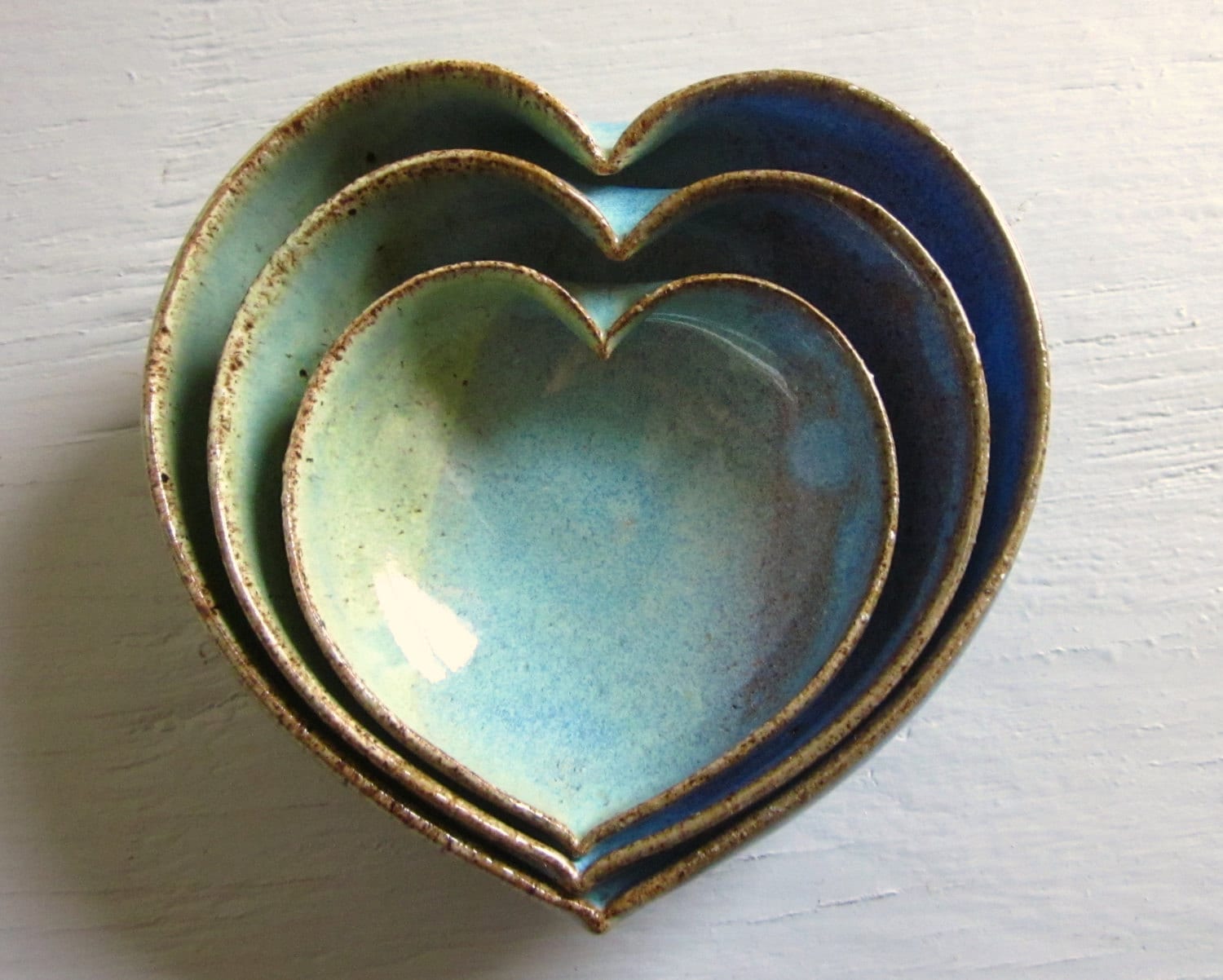
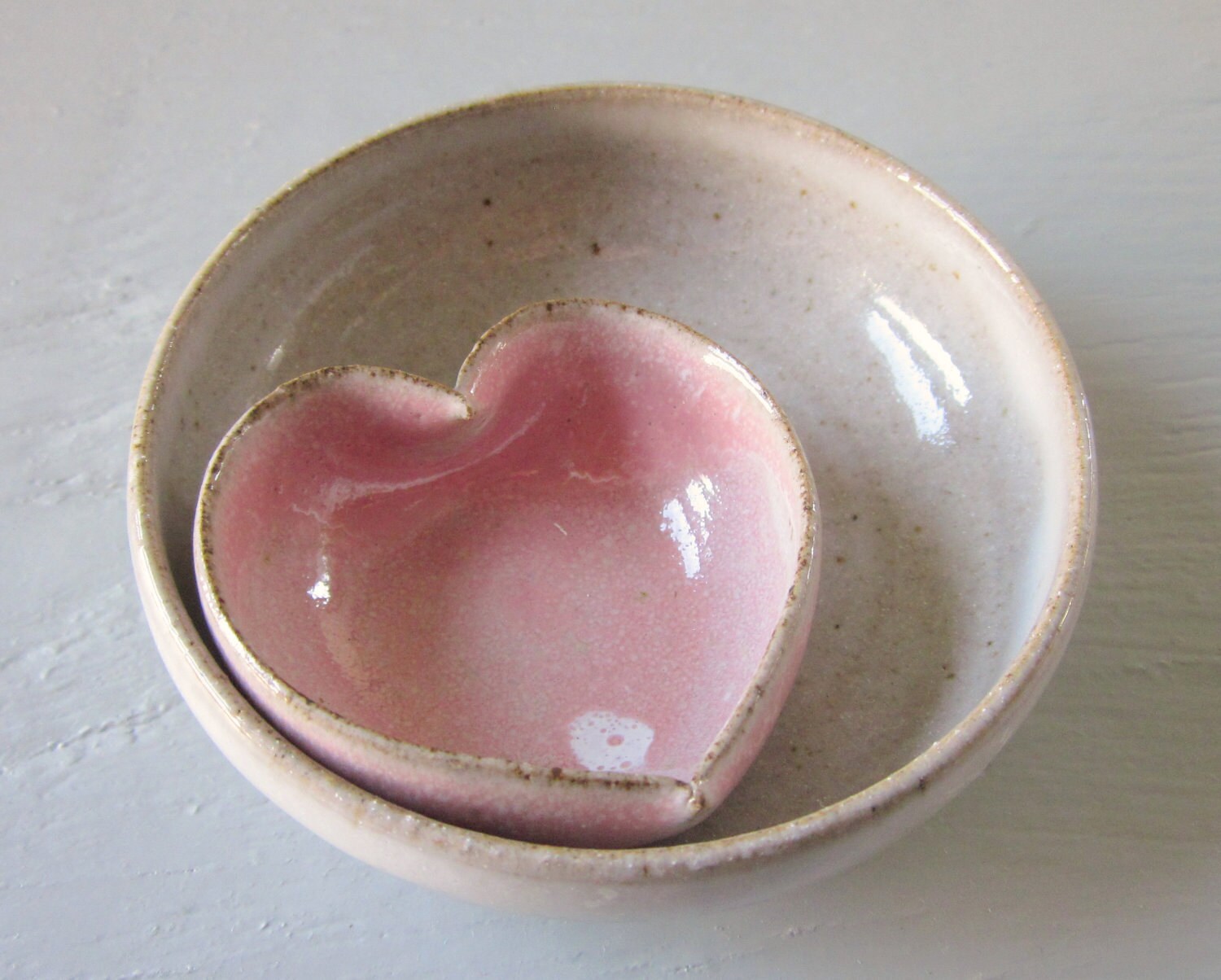
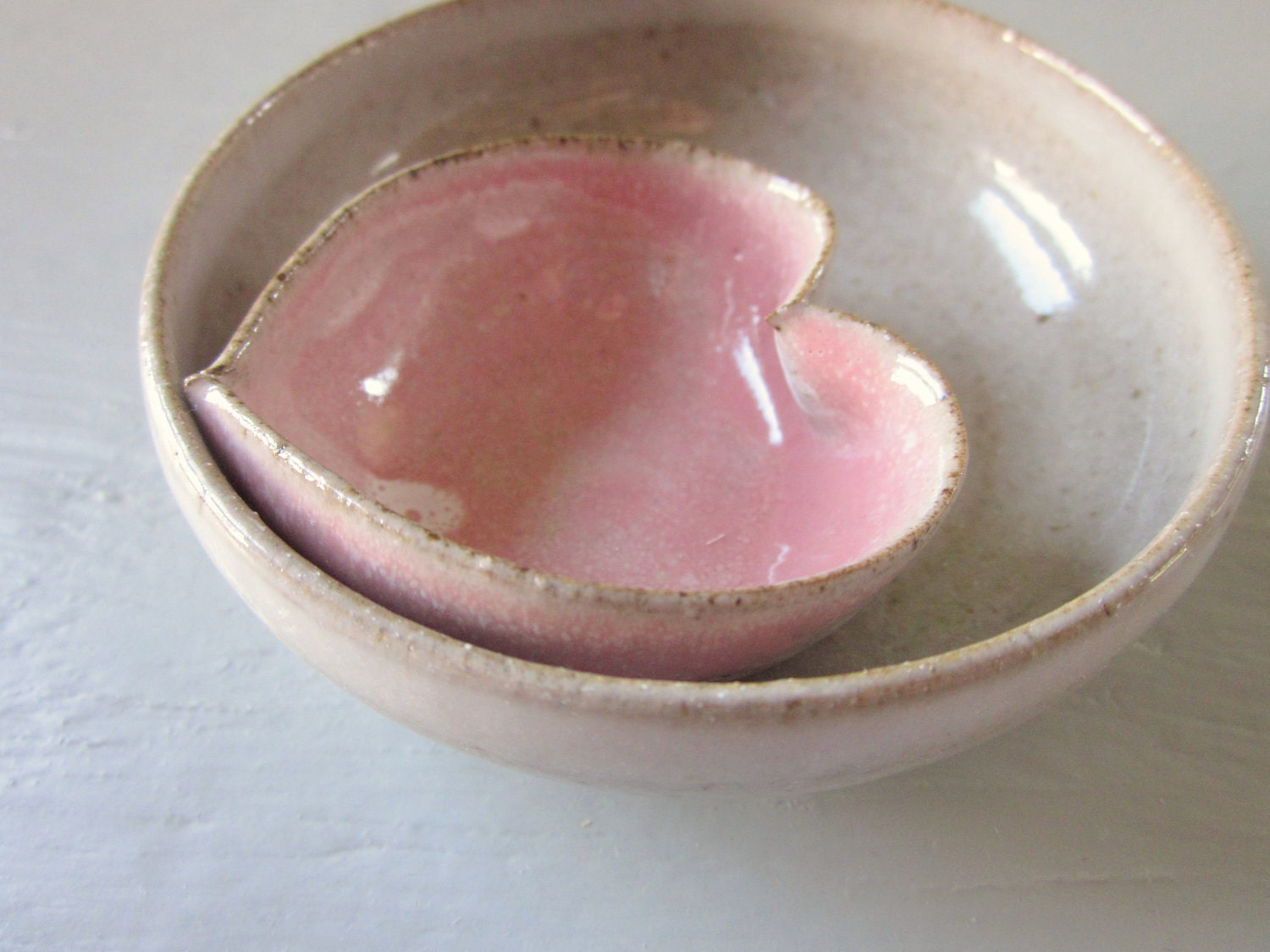
On the topic of hearts, although not ceramic ones, I just read Glenn Berger's assertion that "in order to find the heart, we need to listen within, listen to the words of the great explorers of self, listen to nature, listen to the divine, and listen in relationship to others." Hokey nonsense, or am I too cynical? After all, I've often turned to "great explorers of self" for inspiration and even counsel.
More interestingly, Berger also reminds us that "the ancient Egyptians considered the heart to be the core of the soul and the seat of emotion, mind, thought, and psyche. When a person died, their heart was weighed in the scales against the feather of maat, the principle of truth and justice. If the heart was found to be free of wrongdoing, the person would continue to exist for all time [...]. The heart was then returned to the body. It was the only part of the viscera left by the Egyptians in the mummy, since it was regarded as the indispensible [sic] part of the body in eternity [...]." Bold added.
But hey, there's also Jerome Schneck's Freudian opinion: "It has long been known that many parts of the body may be invested with phallic significance. The heart as a phallic symbol was recently depicted so precisely and specifically that it merits addition to a well documented literature on cardiac neuroses [...]." Okay, dude, whatever you say.
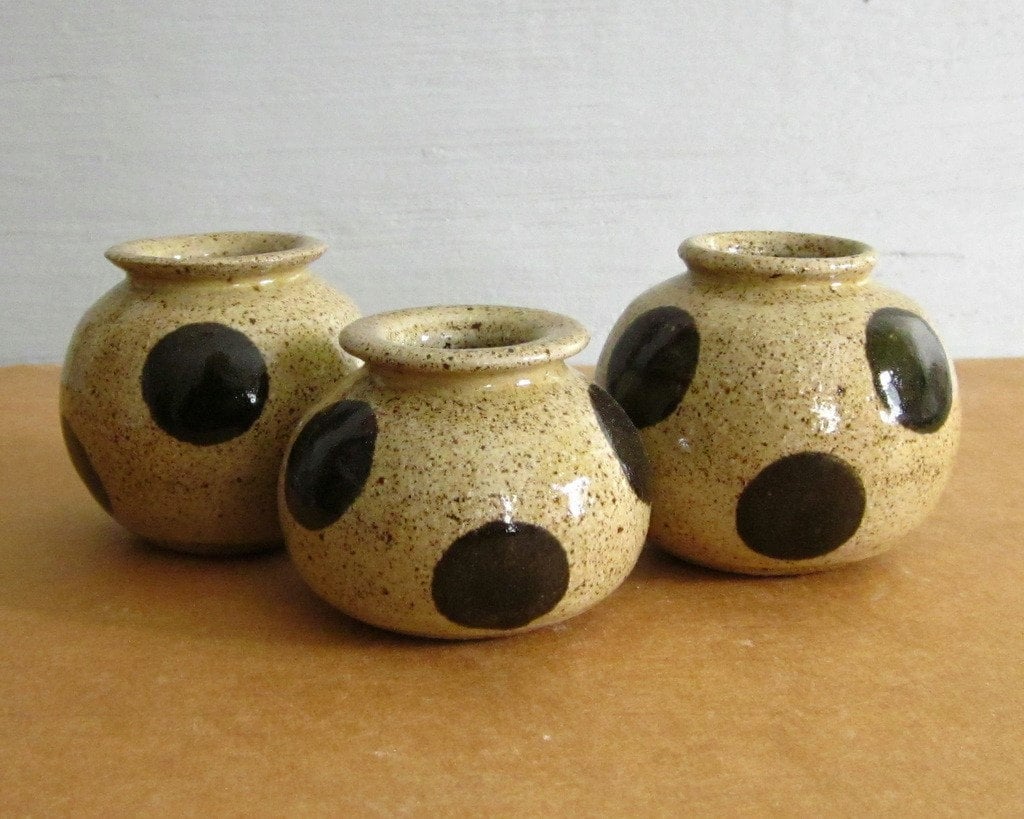
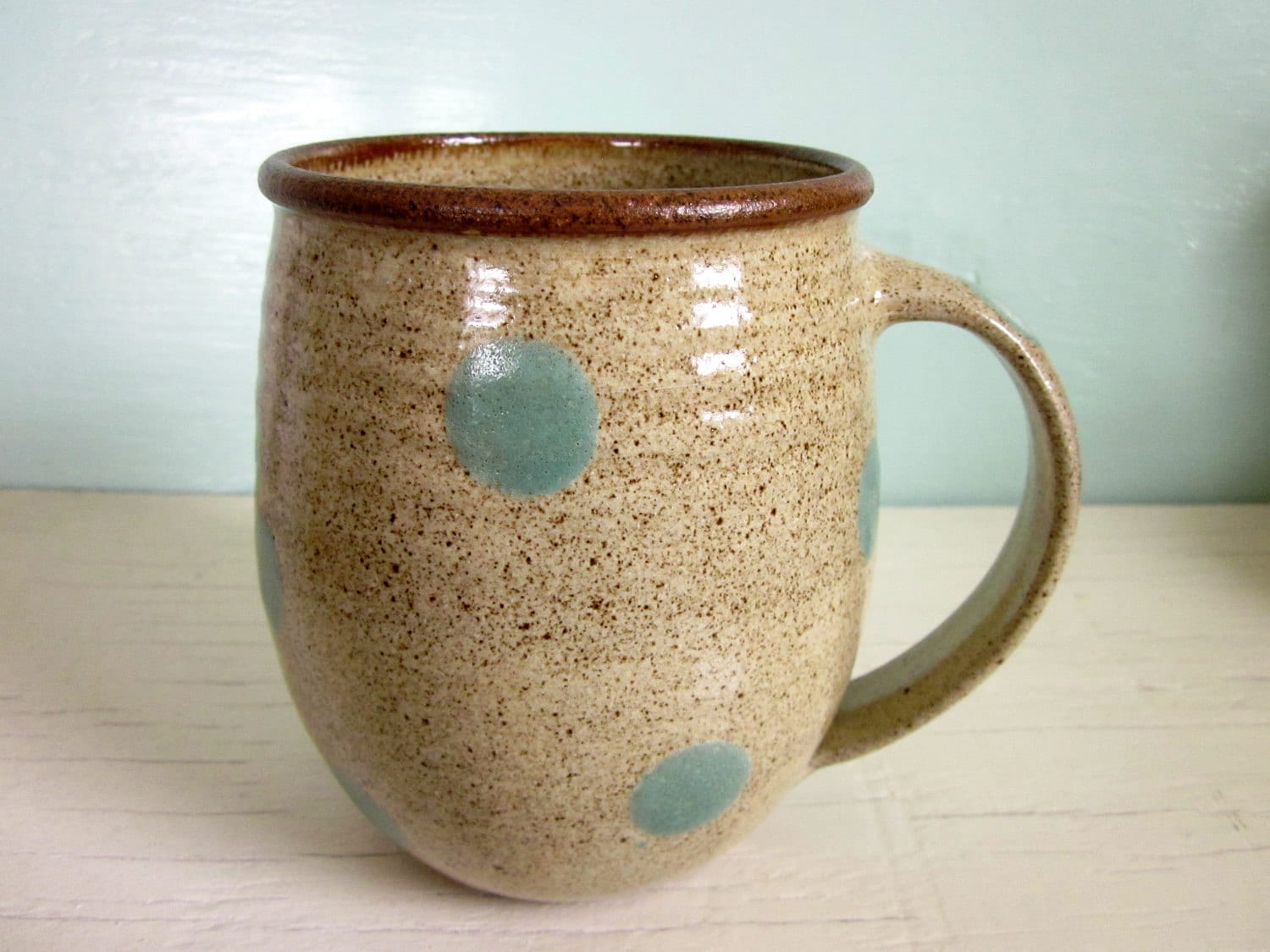
There's not as much material to expound upon re: polka dots...

The artist gets very deep about the symbolic process of his art, and yet I can't help but to sadly think his items will get used as a chip and dip.
ReplyDeleteAhaha, true, but hopefully at a very intellectual dinner party!
ReplyDeleteNo worries, most artists making functional work want to be a part of everyday lives. Thank you for the interesting post!
ReplyDeleteThank you for making such beautiful pieces!
Delete